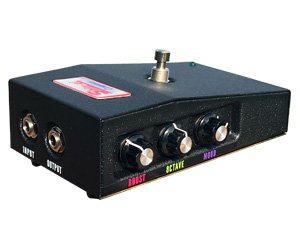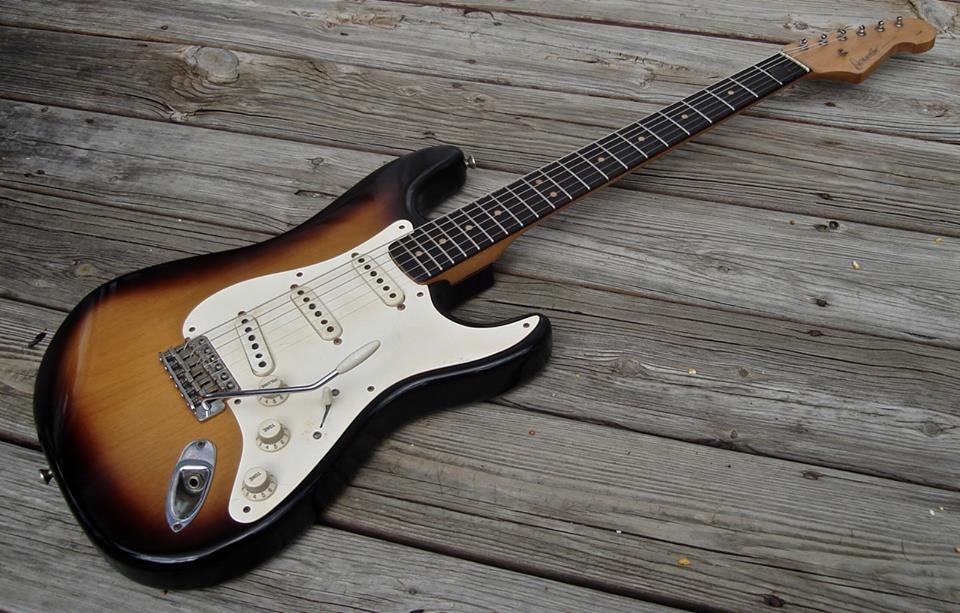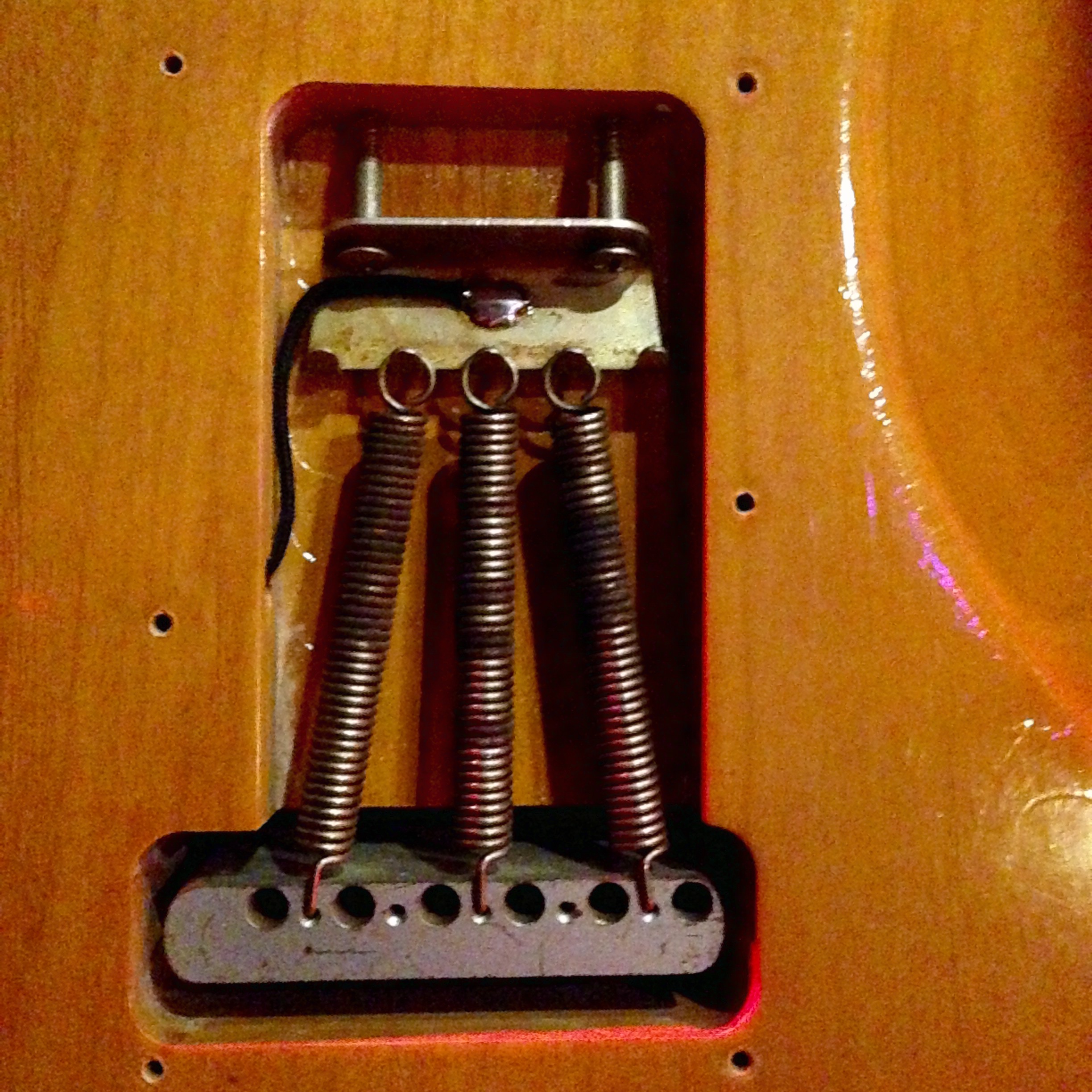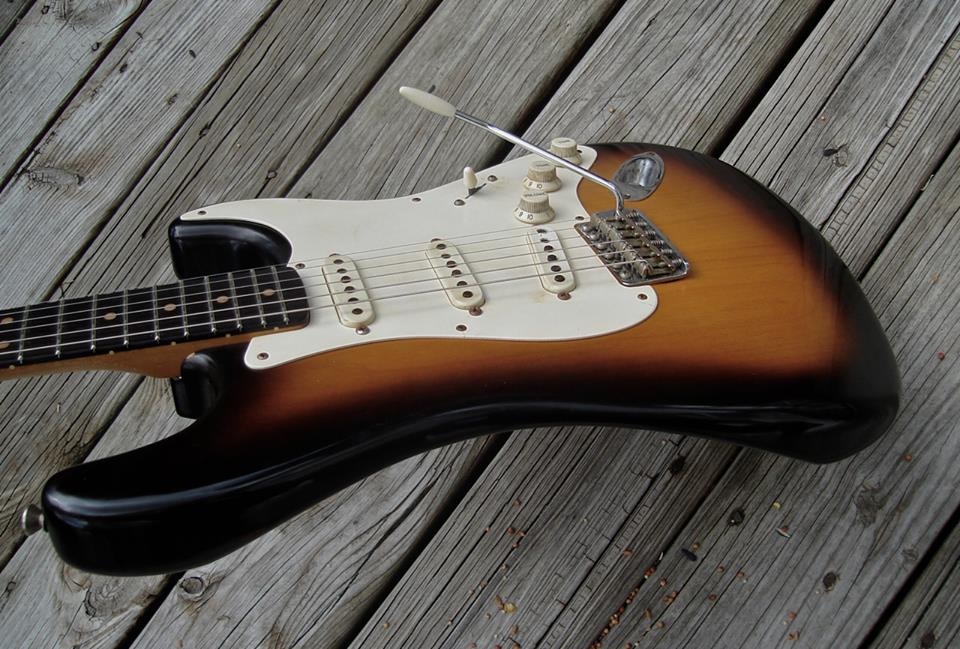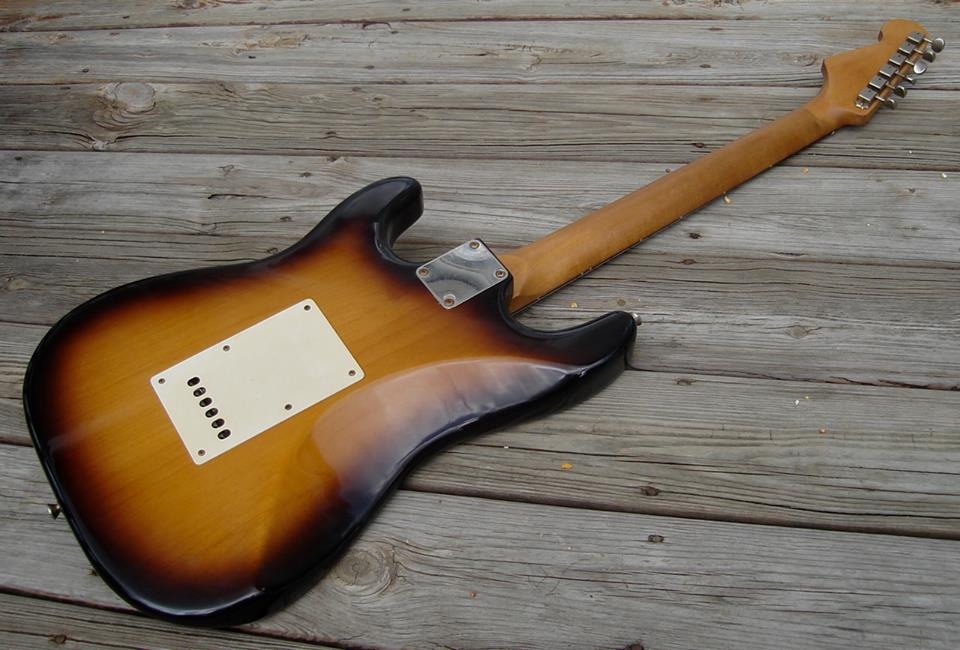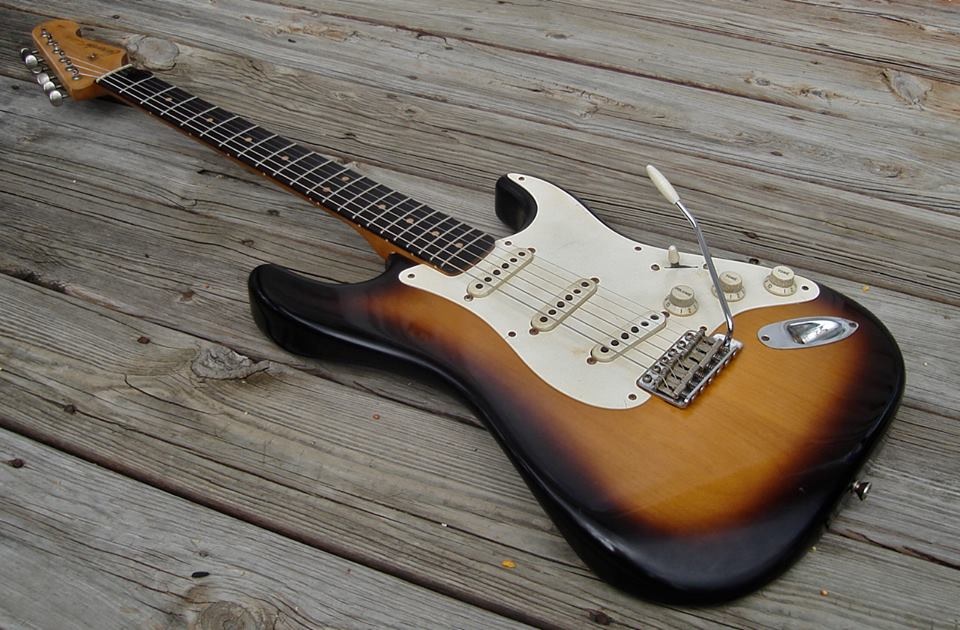My Personal 67’ & 69’ Ivor Fuzzes
As many of you know, I’m a certifiable Fuzz junky. I have spent many years obsessing over the most minute details of circuits available in the modern effect market that can shed a light on the sounds and tones of the past. To put it as easily and plainly as possible, I LOVE Fuzz, most notably, the Fuzz Face. With it’s simple circular, flying saucer enclosure to it’s constant smiley face — the Fuzz Face is without a doubt a true master tool in the world of guitar effects. It’s constant ability to let the player dictate the subtle to blasting shades of gain and color, match perfectly within it’s simple controls and circuit deep inside it’s shell.
Cut to Mr. Dustin Francis and his beautiful creations: the Ivor Fuzzes. I happened upon the insane fuzzes that Francis painstakingly makes via my tonal guru in arms and good friend David Phillips at LA Sound Design. Knowing that I have a deep affinity for great and unique pedals, David hipped me to these killer pieces. Essentially, the Ivor Fuzz Faces are replicas, recreations made to the specific year they were created in history…. in real life. You’ll find a 1966, 1967, 1968, 1969 and 1970. Each year corresponds to the type of transistor and parts used, even down to the smallest detail of the look of the enclosure to the knobs and switches. The Ivor is no replica… it’s a freaking time machine!
Francis spends an incredible amount of effort, time and love crafting the look of these fuzzes so that they look and feel like the real deal. Some are more relic’d than others just as you’d experience them in real life. The artistry is completely evident in the cosmetic and the functional. The circuits are tuned so perfectly that they are essentially the very best examples of what a vintage Dallas Arbiter Fuzz Face should sound like. This, my friends, is what sets these fuzzes aside from a lot of clones and recreations on the market… the feel, vibe and tone is all there. Try finding a vintage 1969 Arbiter Fuzz Face used on today’s market and after spending at least $1500 finding it sounds like a fart in the wind! That’s the joy in what Francis is doing with these fuzzes… giving the player the best of the best with the experience, eye and artistry of what makes Ivor fuzzes so good.
I personally own two Ivors, a 67’ and a 69’. The 67’ is a NKT Germanium fuzz that is the most temperature stable Ge fuzz I’ve ever come across. It’s got that beautiful rich early Hendrix gain complexity, perfect midrange content and fantastic “clean-up”. Francis mentioned many of his favorite tones from great Fuzz Faces are the “Clean-Up” tones and how rich and organic they can sound… not at all thin, shrill or bright. The Ivor Fuzzes are exactly that. My 69’ sports Silicon BC108c transistors and the fuzz is voiced very much, or rather exactly like, one of the fuzzes guitarist Eric Johnson once owned and loved, specifically the one used on his project “Alien Love Child”. This is the perfect live fuzz for me. Big and bold, rich yet cutting. With Silicon transistors always being temperature stable I can take her anywhere and always get the same tone. The “clean-up” is fantastic and really shines in a band mix on stage. These fuzzes are like friends really. They both do their own thing really well, have wonderful attributes that help usher in inspiration and joy when making music.
That’s what this is all about, right!? Making music! Of course we, I and ALL of us guitarists can get lost within a world of superlatives and hyperbole but when you strip away everything, what’s left? The need for tools that help us create and make art. Things that inspire us to jump into the unknown. The Ivor Fuzzes embody exactly that. They are totems of inspiration… helping us step into the past, present and ultimately the future. From my perspective, that future is looking bright, full of smiles and wonderful music to be made!
Check out Ivor by Dustin Francis for more information.








